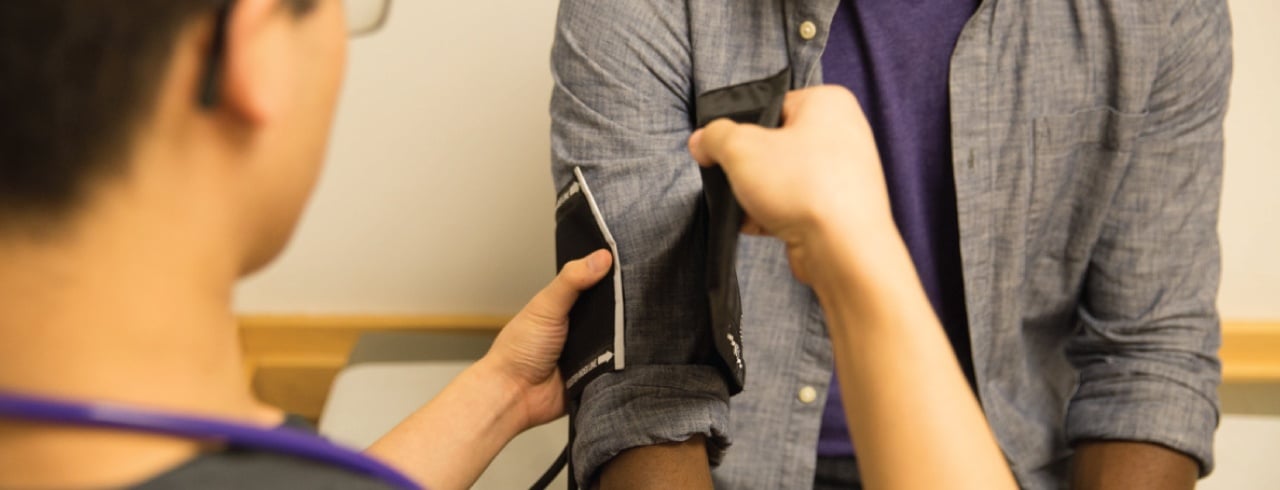Article originally featured in access™ 2018, volume II
Contributors: Beth Brown, CTE Advisor
Masud Shamsid-Deen, Executive Director of CTE
Hospital Partnership Propels Success
Career & Technical Education (CTE) in high schools is gaining momentum, and it’s easy to see why. It’s been proven to reduce dropout rates, increase graduation rates and even increase the likelihood of graduates going on to further their education after high school.*
Plus, the demand for healthcare continues to rise. Getting students career-ready earlier can help students gain employment upon graduation. And if they want to further their education, that job not only can help support their tuition, but can also give them real-world healthcare experience to help them on their career journey.
There’s no arguing that CTE works, and that health science in high schools is needed. But what makes a health science program successful?
Initially, the school district thought it would need to renovate or create new classrooms specifically for health sciences. But the President of Methodist Richardson Health System had another idea.
The hospital was undergoing its own construction and renovations, and would soon have some empty space in one of its medical buildings. Instead of having to create a space, the district received 7,000 donated square feet … and not just in any space—in an actual hospital. In fact, the building is still an active part of Methodist Richardson Health System, with doctors and patients regularly coming in and out.
“I think one of the biggest benefits is that students are in a real-life hospital setting,” says CTE Advisor Beth Brown. “It gives them a sense of pride but it also exposes them to what the healthcare industry is all about.”
Not only are students getting to learn in an optimal healthcare environment, but they’re also getting to perform clinical rotations—shadowing healthcare professionals as they are helping real patients. “That’s something that couldn’t be replicated at a school,” says Masud Shamsid-Deen, Executive Director of CTE.
Students complete their beginning coursework at their regular high schools. Once they progress to more advanced work, they are bussed to the hospital campus from their schools.
The program hopes to help these students find a career path in healthcare that best fits their strengths and interests—and to help them understand there are so many options that don’t require years and years of education as well as a lot of debt. “One of our goals is to open their eyes to all the many, many different careers in the healthcare industry,” says Beth Brown.
Masud Shamsid-Deen says that about 1,000 students are taking health science courses—a number that grew by about 200 in the last year alone.



